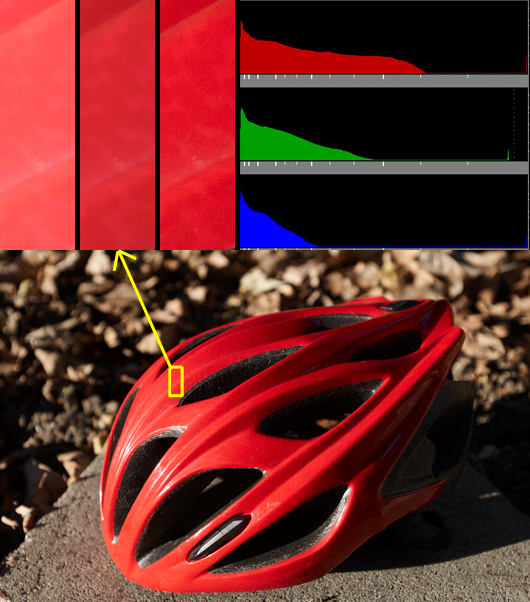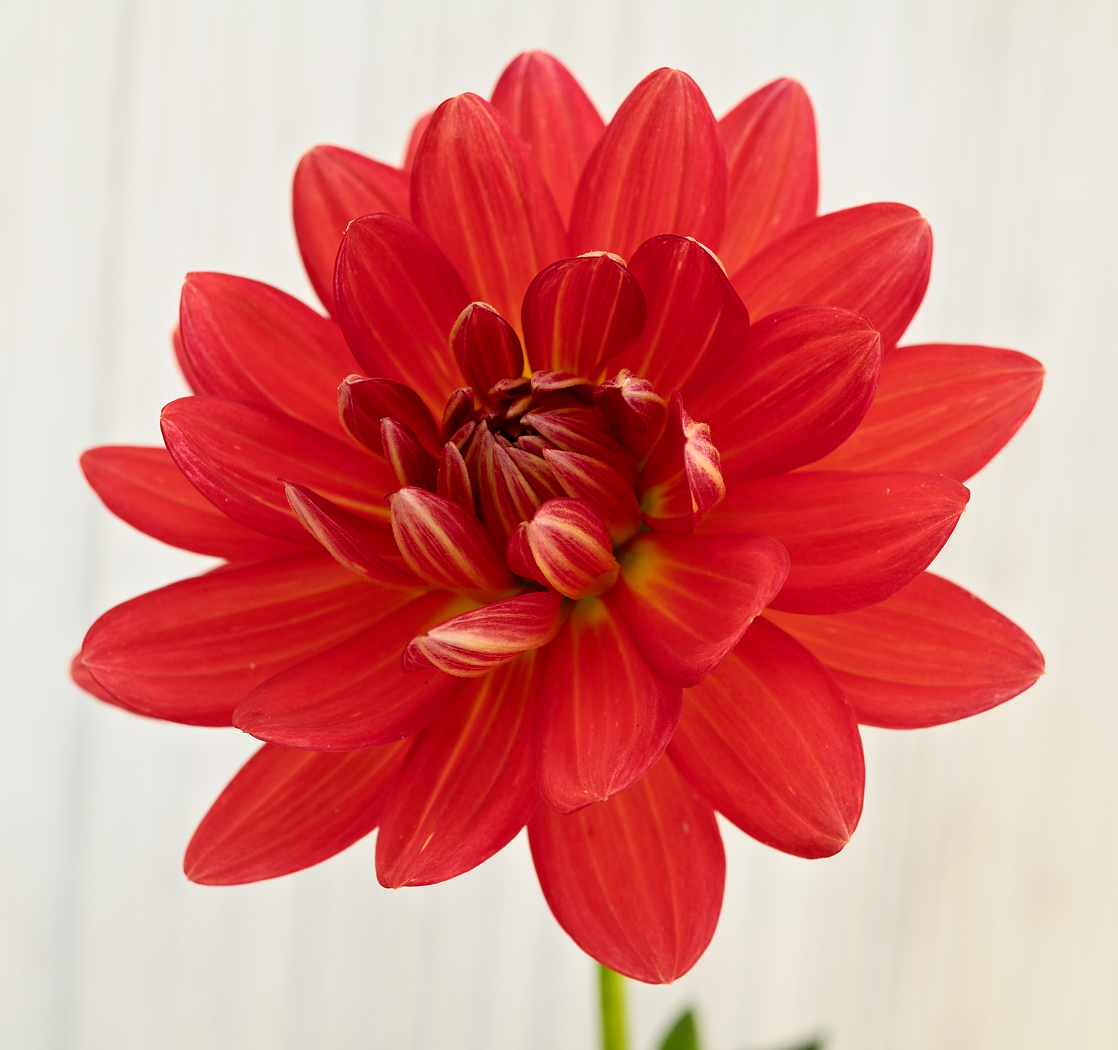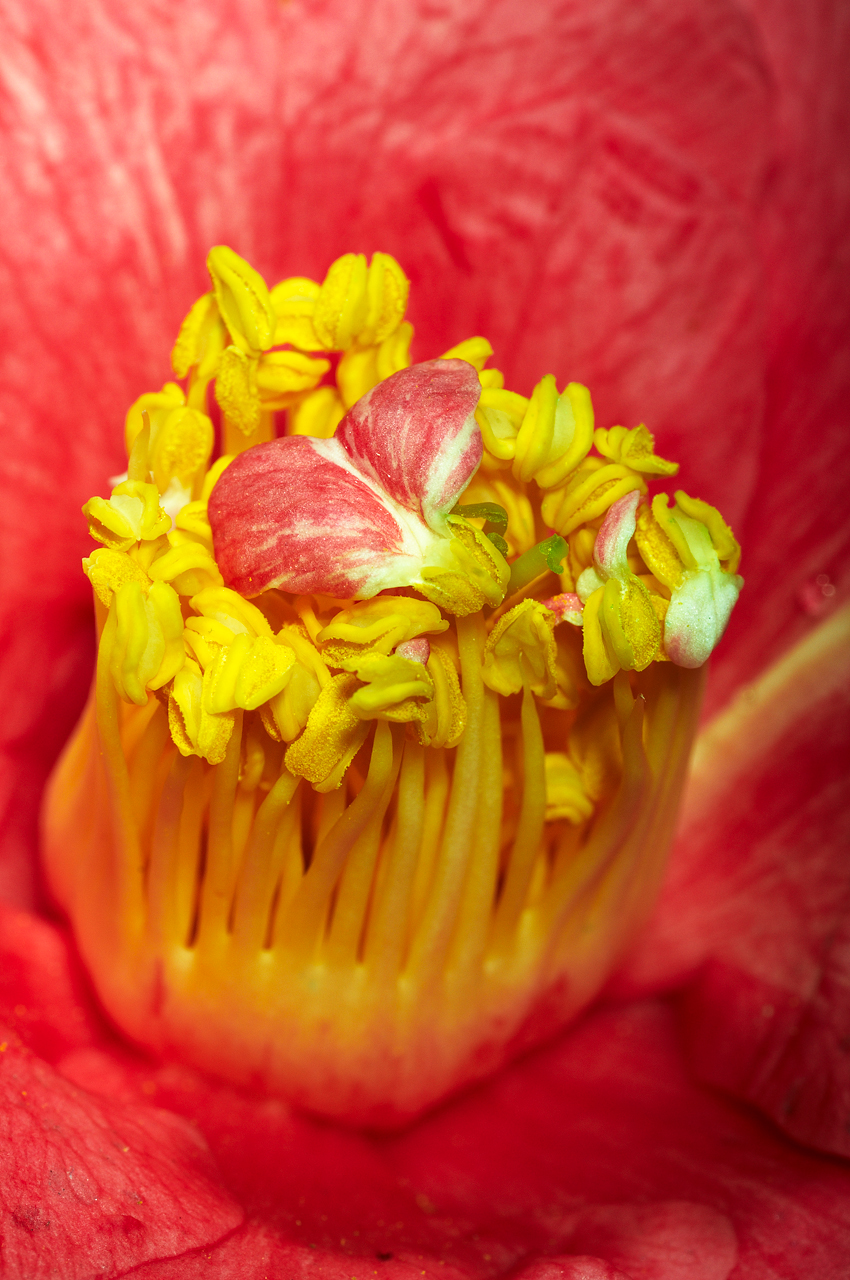Is there way to shut the exposure off from flowers, red cars, or red painted mailbox. I'm getting them blown out always, especially the red ones, which are many in India in bloom now.
But to check every time is very time consuming. I will not dial a lower exposure every time!
Suggestions from the member here, thanks?
Which camera? I am specialist in "F_______ red becoming clipped or blown out". Here's what I learned in my journey to extremely red subjects:
1-A BIG part of your problem is likely your monitor. Yes, what you see there blown out just is in many cases, your monitor inability do display it. SO you see, it is clipped and shows a horrible red patch, all blotchy. You photo is ruined. Guess what? In 99% of cases it isn't. It's your monitor. As you try to recover or fix it, you make things worst (too dark, etc.)
2-The second is the color space. What can be seen, even if you captured the perfect most redish cherry in the world, it will not be able to be rendered as redish. Imagine you have this perfect redish Cherry, it's so saturated, so beautiful. Now look at this chart:
Anything outside the sRGB triangle...suppose it's an important part of the scene...how will these be rendered? Well, it may be clipped to the redish that the color space can show. Again, this will be blotchy. Some processing would re-scale this, so may just clip at the redish red.
3-All is affected also by how your computer manages color. The best idea if you don't have calibrated monitor at all, may be to trust the JPG colors. They are usually highly optimized. Or if you use raw, what you see may be shifted in important ways, showing red things pale, or more redish, or dark things more light, or dark more pale, or green more blue, and so on.
So...the second most important things after the one I mentioned (which was...it likely did NOT clip...it's just your equipment inability to see it and chances you introduce may hamper it further) is that underexposing helps you to see the red, but also bring about a lot of noise and lack of detail in darker areas of the photo. It's usually best to properly expose. So if you, let's say, underexpose to -0.5EV, that's rather ok. The best is to use spot metering and meter based on the illumination of the subject, if that's the main concern, and try not to further fiddle so much, at least not just due to the red appearing crushed.
Here's my recommendation:
1) Figure out and post a photo that you think was correctly exposed but clipped reds. Show it here, in source file. As people if they see the reds crushed. Your first step is to figure out if it's the photo itself that clips, or if it's YOU that can't display it.
2) Try to calibrate monitor. Try to get a wider gamut display (eg. almost any good cell phone will have wide gamut, high contrast and very well calibrated, you can use it to proof colors).
3) If you can, try to get a wide gamut display.
All in all, my post could be good news. You photos clipping may actually be superb, and not just ok, and much less clipped.








